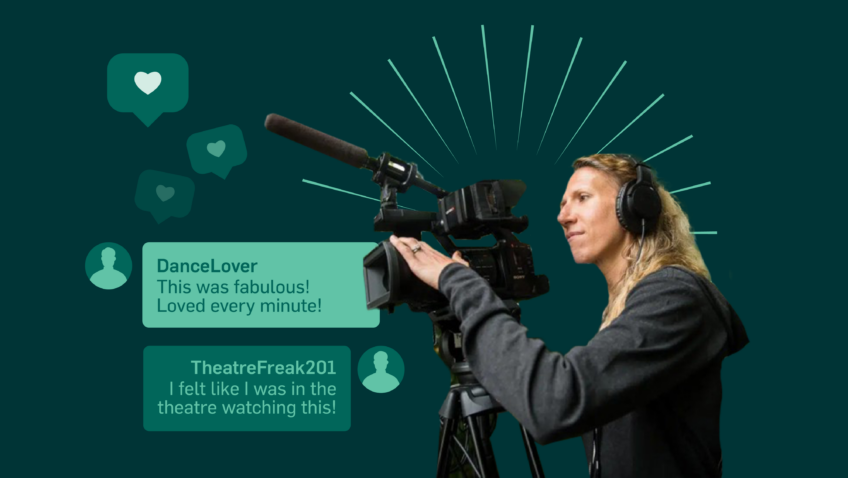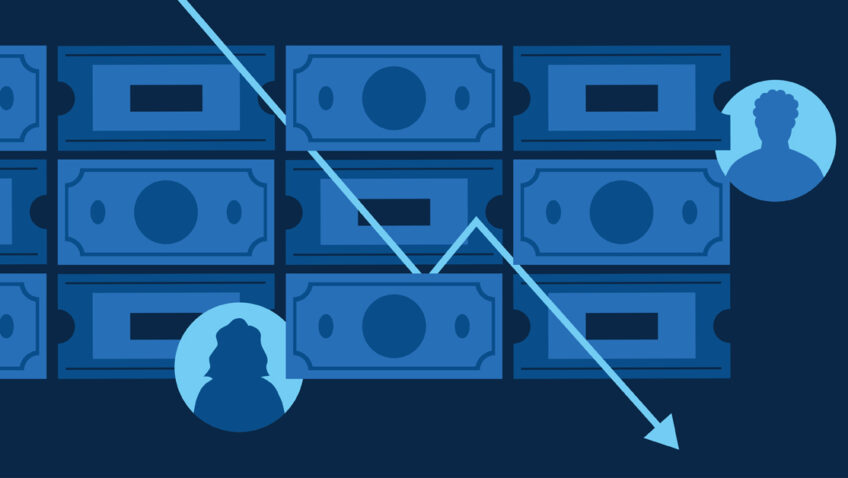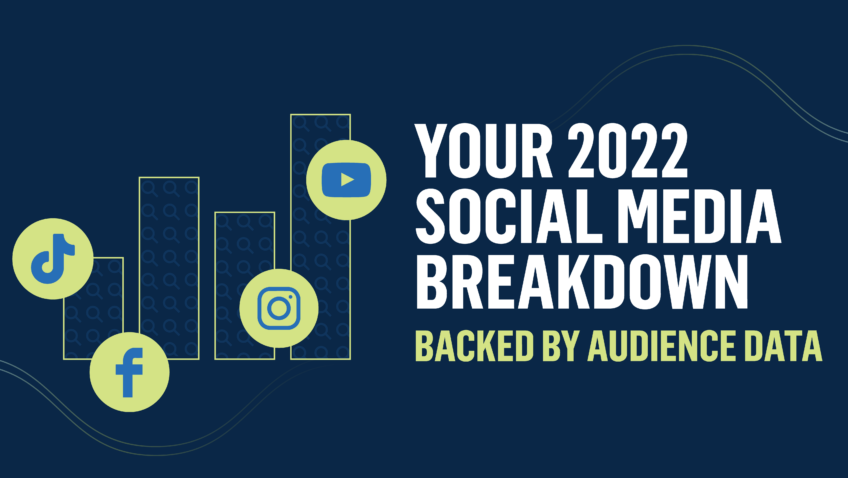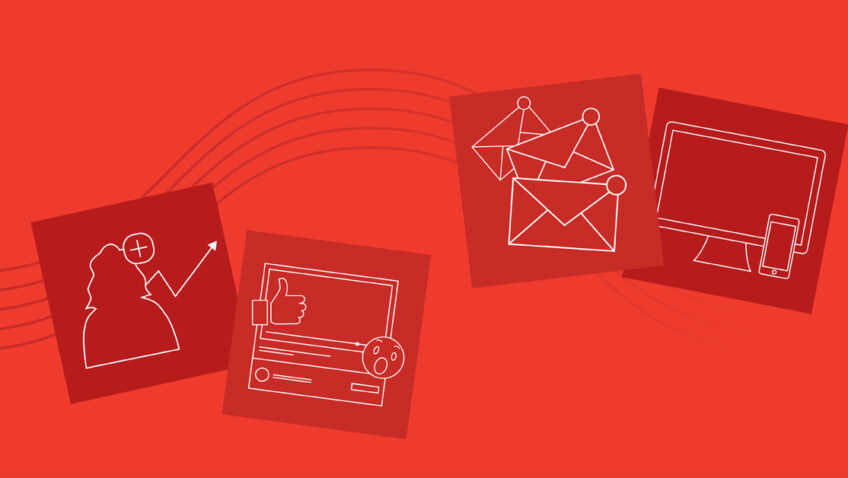Technology Advances That Move The Marketing Needle
In the dynamic realm of arts marketing, staying ahead of the curve is paramount to driving success. However, the overwhelming speed of technology advancements can feel challenging to manage and nearly impossible to implement.
The alarm is sounding: adapt! But, the questions of how to translate the opportunities of modern tools into day-to-day realities often remain unanswered.
I understand because I have firsthand experience. I’m a marketing director. Well, to be honest, I used to be one. I previously served as the marketing director at Woolly Mammoth Theatre in Washington, D.C., an organization known for its avant-garde programming. Building audiences and deepening their loyalty to our brand was my key responsibility.
I have fond memories of how rewarding that work was. Yet, I also vividly recall the effort required to pull it off. My creative juices would flow and then get entirely blocked by an inability to execute my ideas due to technology restraints. I needed sophisticated — and user-friendly — ways to develop and implement targeted, multichannel campaigns and track their ROI.
Here is a specific scenario that may feel familiar to you. Let’s say I wanted to build a segmented renewal and acquisition campaign for our loyalty program.
First, I needed to pull an accurate list of members by new, lapsed, and renewed status.
From that list, I wanted to build segmented target groups based on individuals’ previous engagement with our organization.
I hoped to incorporate A/B testing and suggest data-driven motivational offers.
I needed to evaluate my efforts quickly so I could invest our limited resources in what was working and adjust what wasn’t.
Finally, I had to predict results to accurately forecast the current and future budgets.
Simple, right? I can almost hear your groans. Far too often, a beautifully envisioned campaign gets more difficult to accomplish given technology challenges or limited data.
Let’s be clear: Numerous technology solutions offer you data access. Lots of data. But more data doesn’t necessarily equal better campaigns. What data do you need? Or, more importantly, what questions should you be able to ask of your data, and how should your technology help you?
Here’s where technological advances can move the needle. Let’s go back to our scenario:
I want to identify new, lapsed, and renewed members easily.
Any technology platform should allow you to identify these types of customers with simple and intuitive list-building. Select the loyalty program status you want, and boom, there are your three lists. But as a marketer, you know successful campaigns require you to slice and dice behavior in various ways. You need to uncover the nuances underlying the general categories to better target your messages.
Long gone are the days of spraying the same message to everyone on your list and hoping for the best. Today, personalization matters more than ever, and that’s where better segmentation and a holistic customer view are vital. A robust CRM platform can help you answer more sophisticated questions about your patrons.
What’s the typical period of engagement before someone joins your loyalty program?
Are there trends or consistencies in the behaviors of lapsed patrons?
What benefits are being used most regularly or irregularly?
You shouldn’t have to go to different departments or merge data from multiple systems to get the answers. Intuitive and robust analytics and insights tools should allow you to easily interrogate your data, layering in those questions to create concise, tailored segments in an easy-to-use workflow. These tools should also offer quick ways to divide your segments for A/B testing, connect them to your email providers, extract them for your digital marketing campaigns, and then feed results into your system for further analysis.
But you also need to know more than just how your patrons react to your specific promotions. You should be able to explore interactions beyond your direct influence. For example:
When did your customers last visit?
Based on those visits, what do you know about their interests?
What have they told you directly?
Have they engaged on a deeper level, such as donating or participating in a class?
Have they RSVPed to a special event or redeemed the last discount you sent?
Did your offer spark an alternate transaction, such as the purchase of a different show or event?
An enriched understanding of your customers’ demographics, behaviors, and transactions — viewed together — can guide you through crafting more targeted, effective campaigns.
How do I know what’s working?
Once your campaign launches, tracking results in real-time is essential. It’s no longer enough to evaluate your efforts at the end of a campaign so you can apply learnings to the next one.
But successfully pivoting your copy, artwork, or offers midstream requires your data to be as nimble as you are. Ideally, your insights tools would also do some of the work for you, predicting where your campaigns will conclude so you know at any point in the sales cycle whether you’re on track.
This demands more functionality than just monitoring up-to-the-moment loyalty program sales, both as a whole and across your A/B segments. You’ll also need to see program levels, revenue, and offer redemptions and be able to compare them across your new members, renewals, or upgrades.
Modern reporting and insights tools can help you quickly coalesce and analyze more data than ever before. You can set up reports and deliver them directly to stakeholder inboxes. Interactive dashboards let you review the big picture or dive deep into details with filters that help you think strategically about your next move.
Back to our example campaign. Sure, you want to see overall results. But it should also be easy to analyze renewal rates, downgrade trends, and churn levels.
In addition to revenue, you should be able to look at promotion and conversion rates by message. Maybe you want to investigate location trends or see a timeline of what’s sent and when responses come in, including email opens, click-throughs, bounces, unsubscribes, and transactions. With these insights, you can execute smart decisions and adjustments as your campaign continues.
How can I reduce uncertainty when planning future campaigns?
So, where might your campaign results end up? I idealized earlier that technology would take on the heavy lifting of forecasting. We can make educated guesses based on our experiences, but technology can go further. Using artificial intelligence (AI) and machine learning, modern platforms can forecast for you based on your organization’s unique history. Then, you can measure the accuracy of those forecasts against your actual results.
Over time and with more data, AI can learn more and provide results with greater confidence. This same technology can read your data, identify trends, and serve widgets and dashboards without you even having to pose the questions.
If what I’ve suggested above seems like a dream, it may be time to examine your processes to ensure you’re embracing modern technology’s opportunities.
Does your team still rely on manual processes that could be automated?
Are you taking full advantage of the benefits sophisticated segmentation provides?
Is your skepticism of AI holding you back from using new tools that could help you reduce uncertainty and make your life easier?
Now might be the time to step back and ask if your technology helps or hinders you. As marketers, you deserve the power to access, analyze, and engage with your data. Doing so will help you execute campaigns that extend your reach, resonate better with your audiences, and achieve your goals.
Timmy Metzner is Director, Business Development for Tessitura, a proud sponsor of Boot Camp 2023.










